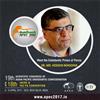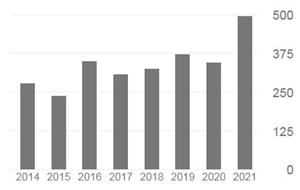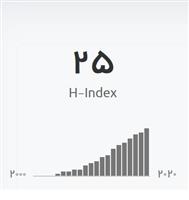The Effect of Various Mixing and Placement Techniques on the Compressive Strength of Mineral Trioxide Aggregate
The aim of this study was to evaluate the effect of various mixing techniques including mechanical and manual mixing as well as the effect of ultrasonic agitation during placement on the compressive strength of mineral trioxide aggregate (MTA). Methods: Toothcolored ProRoot MTA (Dentsply Maillefer, Ballaigues, Switzerland) and white MTA Angelus (Angelus Soluc¸~oes Odontologicas, Londrina, Brazil) were used. One gram of each powder was mixed with a 0.34-g aliquot of distilled water. Specimens were mixed either by mechanical mixing of capsules for 30 seconds at 4,500 rpm or by a saturation technique and the application of a condensation pressure of 3.22 MPa for 1 minute. Half of the specimens were placed in stainless steel molds and agitated using indirect ultrasonic activation. All specimens were subjected to compressive strength testing after 4 days.
Results: The compressive strength values of ProRoot MTA were significantly greater than those of MTA Angelus (P < .05). The highest compressive strength values were recorded from ProRoot MTA samples that were mixed mechanically and placed using ultrasonic activation (mean = 101.71 MPa), whereas the lowest values were recorded for MTA Angelus samples that were mixed manually and placed without ultrasonic activation (mean = 53.47 MPa). Ultrasonically agitated groups had higher compressive strength values (P < .001). The specimens mixed mechanically had higher compressive strength values than those mixed manually (P < .05). Conclusions: The compressive strength values of ProRoot MTA were significantly greater than those of MTA Angelus. Mechanical mixing enhanced the compressive strength of the material. Regardless of the mixing techniques applied, ultrasonic agitation improved the compressive strength of the material. (J Endod 2013;39:111–114)














